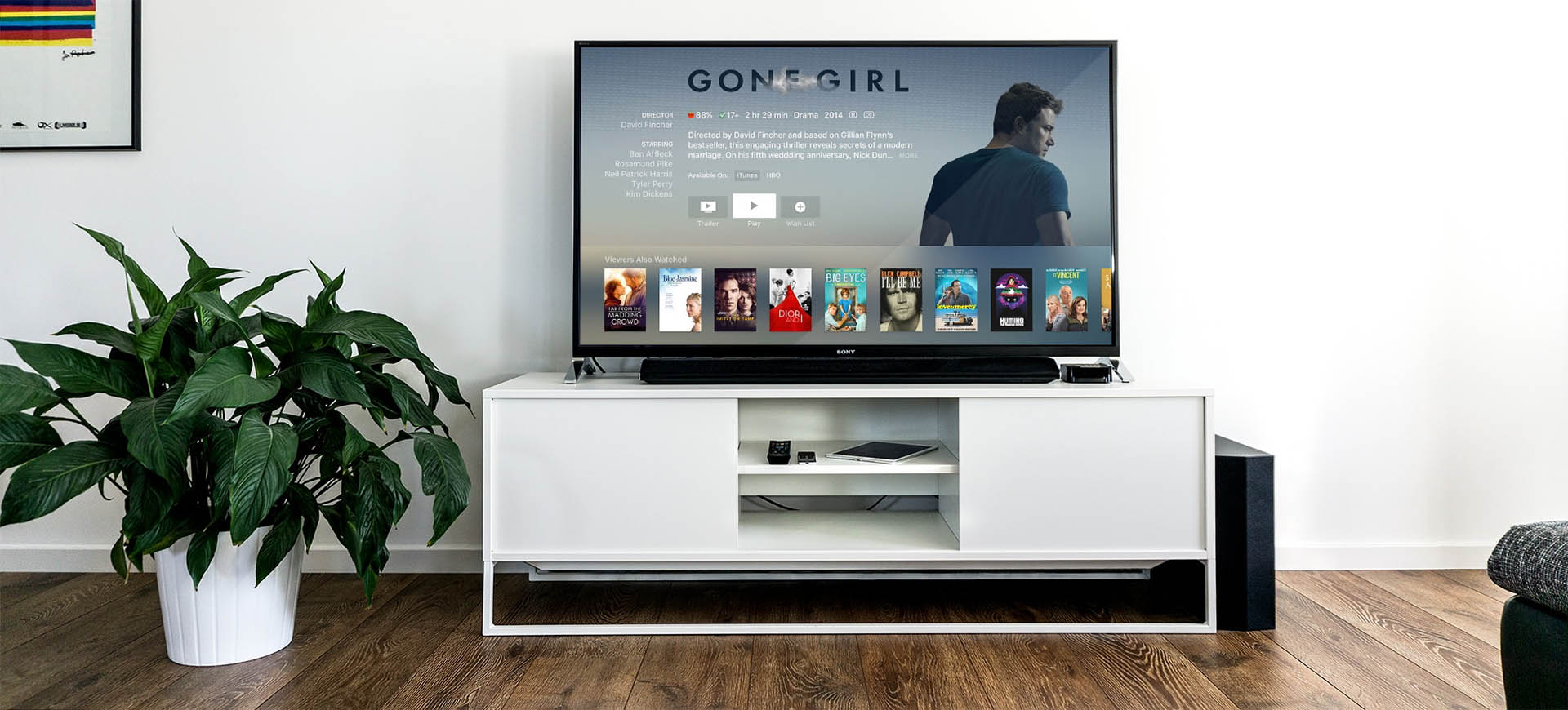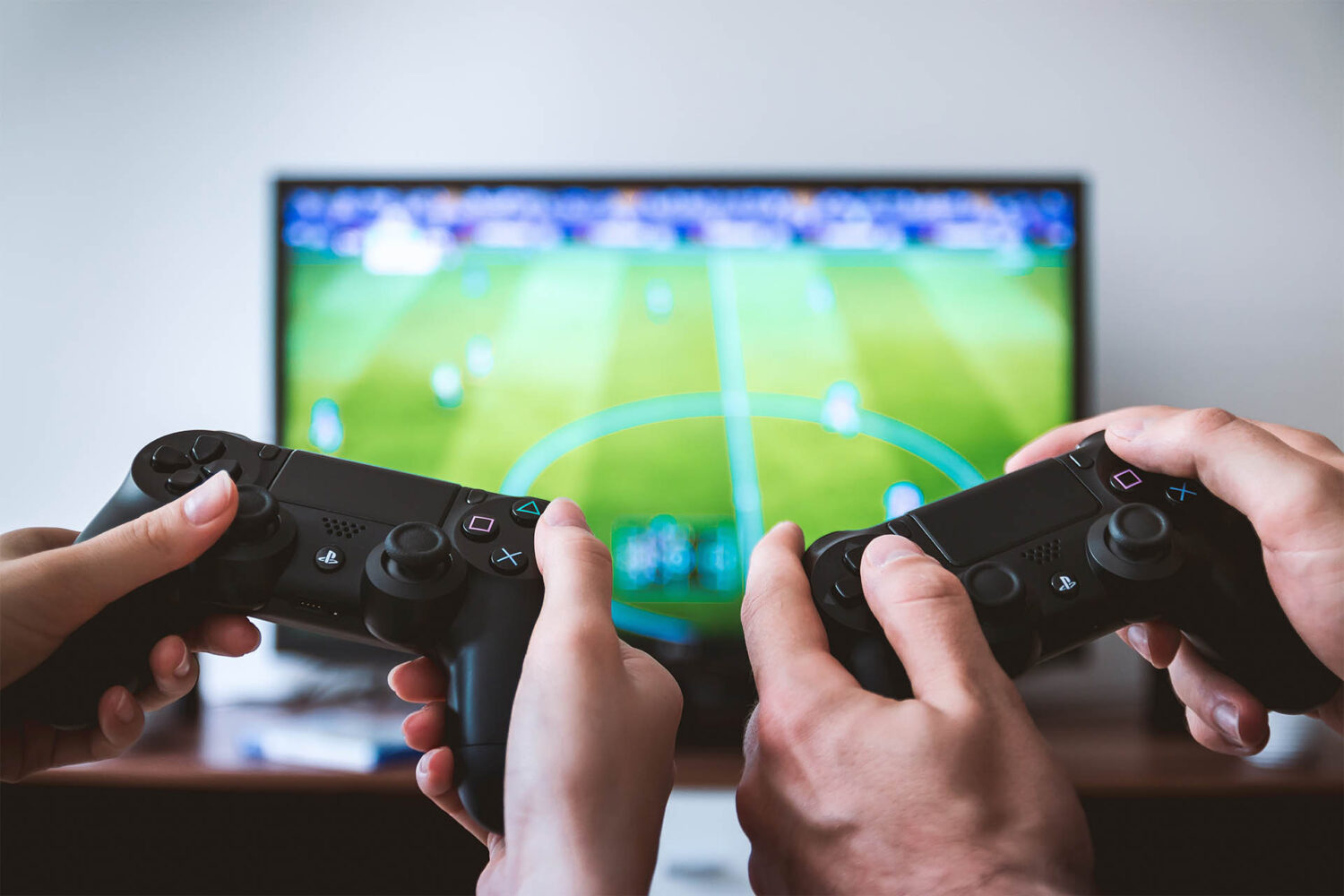CES was full of Advanced TV announcements that do more than hint at the future of advertising. LG’s NEXTGEN TV will not only deliver better picture quality and sound to viewers, it will also bring addressable TV to local station owners and their advertisers. NBC is also planning to appeal to both viewers and advertisers with TV advancement. The network announced that in 2020, they will not only deliver personalized streaming, but unified media buying.
Streaming subscriptions surpassed cable subscriptions in 2019. Global linear advertising revenue declined 4%. In 2020, the media industry will witness further migration of viewers and the ad dollars that follow them. The booming Advanced TV opportunity provides lessons for brands looking to place the right bets.
It’s important for brands to watch not one, but three races taking place in the switch to Advanced TV: the platform race, the content race and the data race.
Platforms, Speed and Scale Win Out
According to TDG, Roku controls half of the streaming box market in the US, with 27 million accounts. That’s almost double that of their next competitor. Several manufacturers now offer affordable TV’s with Roku built in. At CES this week, Roku is hyping their new deals with many other manufacturers who plan to build Roku into their hardware including Walmart and Hitachi.
Old guard companies like AT&T are struggling to stay relevant as Tivo, Amazon and Roku start grabbing cord-cutters and streamers alike. As of January 1, AT&T announced that their streaming app would not be available on Roku, losing them more than 1 million viewers. They plan to announce a new roll-out in February, but they are remiss to keep their Roku lapse going.
Content, Different Profit Models, Attracting Viewers All The Same
The content producer with the best brand recognition is likely Netflix, but that doesn’t mean that the company also has the best revenue model. Hulu, owned by Disney, offers more flexibility; either pay for an ad-free experience, or reduce the monthly fee in exchange for ad-supported content. About 70% of Hulu’s viewers have chosen the ad-supported option, and calls are out for Netflix to introduce an ad-supported model if they expect to grow their viewership as competition heats up.
Viewers don’t care where content is coming from as long as it holds their interest. Disney+ launched and hit 10 million viewers in one day because they have great content. Their model also relies on merchandise and movies sales. And while YouTube reportedly surpassed 1 million subscribers to their YouTube TV service last year, viewers are watching 250 million hours of ad-supported content on TV screens every single day.
These next-generation players take up massive portions of viewer attention, and will attract more advertising dollars as a result.
Data, The Dark Horse Race That Will Determine The Ultimate Leaders
With so much innovation, Nielsen’s viewer panel has a severely limited shelf life. Companies like Samba, Alphonso and TVadSync can track detailed real time viewing for millions of households through partnerships with major Smart TV producers. This level of understanding brings TV data and analytics a lot closer to digital. Until very recently, brands did not have the ability to target their campaigns at a detailed level, or change their media plan in real time.
Media planners are learning fast, and stealing best practices from digital as they evolve away from linear. For example, the contextual targeting opportunities that YouTube offers brands goes significantly deeper than the standard adjacency planning on linear. Considering that brands have access to search keywords, audio transcripts and viewer habits and they can us. Meanwhile, Walmart owned Vudu produces streaming content that helps the retailer build a data asset that can scale without the need for a major platform partnership similar to Amazon’s already successful content business.
The Hockey Stick Is Happening
Everyone expects continued growth towards Advanced TV, and so brands will need to immerse themselves in the new offerings, testing what works best, while ensuring audience and contextual accuracy. Many companies are working hard to provide this.
NBC announced that they have 300 people working OnePlatform, a combined TV and digital offering that will allow advertisers to plan buy and execute in a single platform.
The Trade Desk just released a study that showed consumers have a cap they are willing to spend on subscriptions, but that they don’t want to see the same ad repeatedly on streaming, and so the company allows advertisers to use a frequency cap to get around this issue.
But, just as quickly as companies provide solutions, changes to the market make it important for brands to adjust. Companies with success across digital and TV have widely different models, from Disney to YouTube to Roku, and all of them are currently working. As 75 years of linear rules get rewritten, now’s the time to test, learn and evolve.










